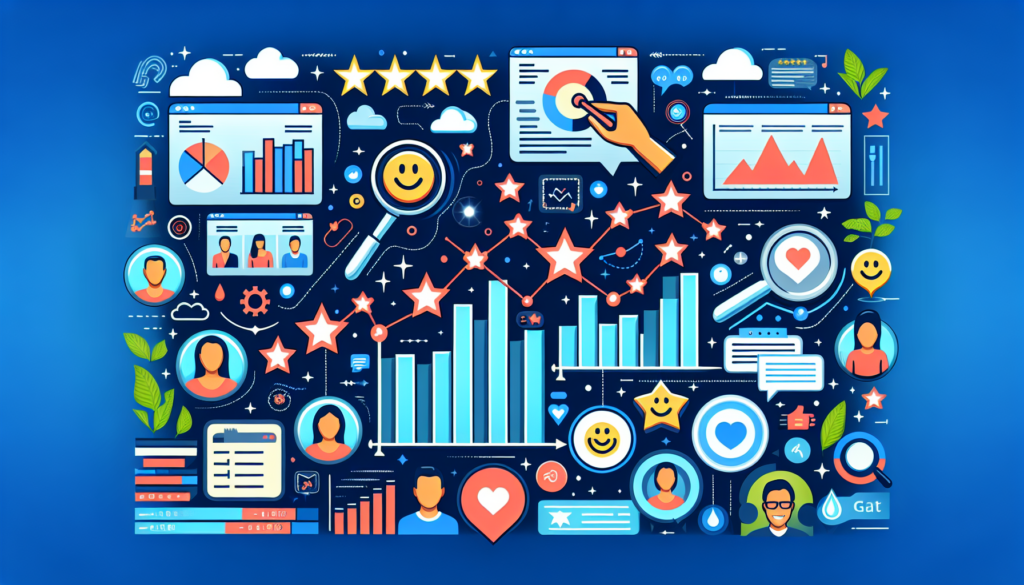The current digital era is marked by the massive accumulation and the possibility of real-time data analysis. This phenomenon has opened a window of opportunities for organizations focused on enhancing customer experience (CX). Data, when used effectively, enable a deep understanding of consumer behavior, preferences, and needs, allowing businesses to not only satisfy but also anticipate customer expectations and thus foster loyalty and Customer Lifetime Value (CLV).
Predictive Analytics in Customer Experience
Predictive analytics is an advanced technique that uses data, statistical algorithms, and machine learning to identify the likelihood of future outcomes based on historical data. Its purpose in the realm of CX is to anticipate customer behaviors and needs to provide personalized products, services, and experiences.
Predictive Models: Include everything from traditional statistical methods such as regression to more complex machine learning and deep learning techniques. The choice of model will depend on the complexity of the behavior pattern that needs to be predicted. For example, the use of neural networks is significantly more suitable for interpreting unstructured data or complex patterns.
Personalization: Predictive data can be used to personalize the experience in real-time. E-commerce platforms that modify product recommendations based on a user’s immediate actions are a clear example of this application.
Customer Segmentation: Advanced predictions help to identify different customer segments, allowing for more effective communication tailored to the needs of each group.
Risk Management: In the context of financial services, companies can anticipate payment default risks, adjust credit offerings, and optimize customer relationship management.
Artificial Intelligence and Machine Learning
The use of AI and machine learning marks a turning point in data capture and analysis to enrich the customer experience.
Chatbots and Virtual Assistants: These systems can handle frequently asked questions and customer service requests, freeing up humans for more complex tasks and offering instant responses 24/7. Advances in natural language processing (NLP) enable these systems to offer more human-like and effective interactions.
Sentiment Analysis: Sentiment analysis tools examine written texts (reviews, emails, chats) and can interpret customer emotions, providing valuable feedback on brand perception.
Churn Prediction: Predictive models can indicate customers with a high probability of churn, allowing for proactive actions to retain them.
Big Data and Advanced Analytics
Big data and advanced analytics offer 360-degree customer views, not just limited to transactions but extending to multi-channel interactions and exogenous data.
Structured and Unstructured Data: Analytical systems can process and merge these two types of data to provide a complete view and better understand user motivations and behaviors.
Data Visualization: Visualization tools transform raw data into comprehensible graphs that can reveal trends and patterns relevant to improving CX.
Real-Time and Edge Computing: Real-time analytics and edge computing (which processes data near the source) enable almost instantaneous actions in response to customer needs or issues.
Case Studies and Practical Applications
Specific case studies evidence the effective use of data in improving CX. Companies like Amazon and Netflix are pioneers in using personalized recommendations based on past consumption behaviors. Furthermore, banks and insurers use predictive models to personalize offers and financial advice, and retailers use location analytics to optimize store layouts and the shopping experience at the point of sale.
Retail Example: The supermarket chain Tesco uses data analysis to manage its inventories and personalize promotions by sending specific coupons to customers based on their purchase history.
Financial Services Example: American Express analyzes historic transaction and spending patterns to prevent fraud and provide customers with proactive alerts and notifications.
Future Directions and Potential Innovations
Looking into the future, the convergence of IoT, AI, and big data will continue to revolutionize customer experience. The anticipation of needs will become increasingly precise, and the response to incidents faster and more personalized. Advances in these areas point to a CX where proactivity is the standard and personalization reaches unprecedented levels.
Data Privacy and Ethics: It should be noted that handling personal customer data comes with a responsibility for their privacy and security. Data protection legislation, such as GDPR, empowers users over their data and obliges organizations to offer transparency in their handling.
Omnichannel Integration: The integration and analysis of data from different channels allow for a uniform and seamless experience, a critical aspect for successful CX in an interconnected world.
Augmented and Virtual Reality: These emerging technologies have the potential to create immersive and highly personalized experiences, altering the customer’s perception of reality and enriching interactions.
In conclusion, the difference between leading brands and their competitors will increasingly lie in their ability to efficiently use data to improve CX. Technological advances must go hand in hand with a customer-centric strategy to translate the constant flow of information into meaningful and valuable experiences.

